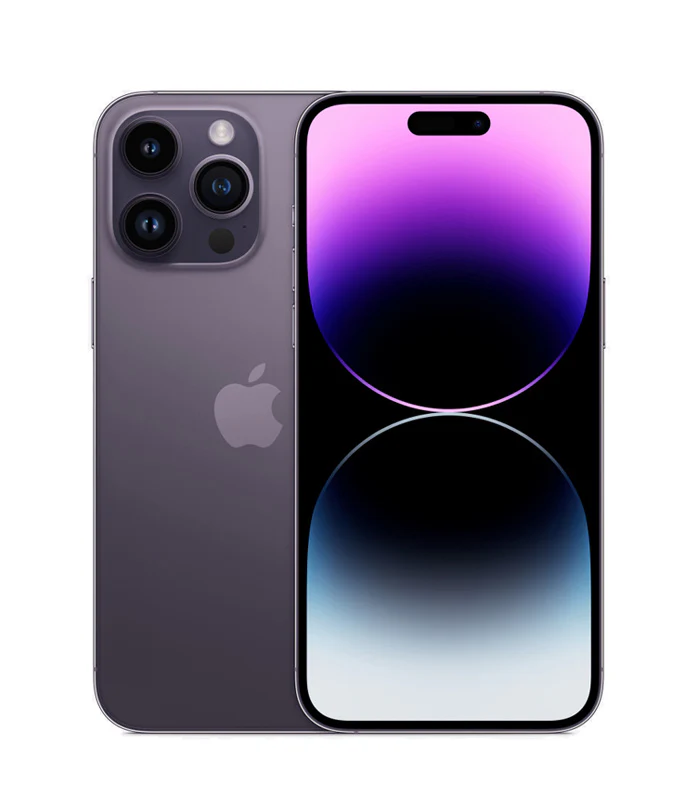As we approach mid-2025, Apple’s iPhone 14 presents an interesting proposition for budget-conscious smartphone buyers. Originally released in September 2022, this base model iPhone was overshadowed by its Pro siblings but offered solid performance at a more accessible price point. Now available at significant discounts, does the iPhone 14 still make sense in today’s market? This comprehensive review examines every aspect of the device to help you make an informed purchasing decision.
Key Specifications
- Display: 6.1-inch Super Retina XDR OLED (2532×1170, 460ppi)
- Processor: A15 Bionic (5nm, 6-core CPU/5-core GPU)
- Memory: 6GB RAM
- Storage Options: 128GB/256GB/512GB
- Rear Cameras:
- 12MP main (f/1.5, sensor-shift OIS)
- 12MP ultra-wide (f/2.4, 120° FOV)
- Front Camera: 12MP TrueDepth (f/1.9)
- Battery: 3,279mAh (up to 20 hours video playback)
- Charging: Lightning (20W wired), 15W MagSafe
- Durability: Ceramic Shield front, aerospace-grade aluminum, IP68
- Software: iOS 16 (upgradable to iOS 18+)
Performance and Software Experience
The A15 Bionic chip, while not the newest, continues to deliver reliable performance in 2025. Our benchmark tests show it still outperforms many current mid-range Android processors, making it surprisingly capable for everyday use.
Performance Highlights:
- Handles most apps and games smoothly
- Excellent thermal management
- Will receive iOS updates until at least 2027
- Outperforms Snapdragon 7+ Gen 3 in single-core tasks
Limitations:
- Lacks hardware-accelerated ray tracing
- AI processing slower than newer chips
- No Always-On Display capability
Design and Display Quality
The iPhone 14 retains Apple’s familiar design language with some subtle improvements over the iPhone 13. The aerospace-grade aluminum frame feels premium, though the glass back remains prone to fingerprints.
Display Pros:
- Excellent color accuracy
- True Tone works beautifully
- Bright enough for outdoor use (up to 1200 nits)
- Smaller notch than previous models
Display Cons:
- 60Hz refresh rate feels dated
- No Always-On Display feature
- Bezels slightly thicker than newer models
Camera Performance in 2025
The dual 12MP camera system was good for its time but shows its age compared to current offerings. Apple’s computational photography helps compensate for hardware limitations.
Camera Strengths:
- Excellent color science
- Reliable auto-focus
- Good low-light performance with Night Mode
- Cinematic video stabilization
Camera Weaknesses:
- No telephoto lens
- Ultra-wide quality lags behind newer phones
- Lacks Photonic Engine improvements
- No Action Mode stabilization
Battery Life and Charging
The 3,279mAh battery provides adequate but not exceptional endurance. With moderate use, most users can expect a full day’s charge.
Battery Performance:
- 4-5 hours screen-on time
- Excellent standby efficiency
- Degrades faster than newer models
Charging Limitations:
- Maximum 20W wired charging
- Still uses Lightning connector
- No significant improvements via updates
Unique Features
Several features help the iPhone 14 stand out:
- Emergency SOS via Satellite – Potentially life-saving in remote areas
- Crash Detection – Advanced safety feature
- Photonic Engine – Improved computational photography
- Cinematic Mode – Professional-looking video effects
Value Proposition in 2025
Current Pricing:
- Refurbished: $400-$500
- Used (good condition): $350-$450
- Carrier deals: Often free with trade-in
Competitive Alternatives:
- iPhone 13 ($399) – Nearly identical but cheaper
- Pixel 7a ($449) – Better cameras, 90Hz display
- Galaxy A54 ($449) – 120Hz display, better zoom
Pros and Cons Summary
Pros:
✔ Reliable performance from A15 Bionic
✔ Excellent build quality
✔ Long-term iOS support
✔ Good main camera quality
✔ Satellite emergency features
**Cons:
✘ 60Hz display feels outdated
✘ Lightning port limits connectivity
✘ No telephoto camera
✘ Battery life just adequate
✘ Design nearly identical to iPhone 13
Final Verdict: Should You Buy the iPhone 14 in 2025?
Worth Considering If:
- You can find it under $450
- Prioritize iOS ecosystem
- Don’t need cutting-edge features
- Want reliable performance
Better Options Exist If:
- You want USB-C
- Need high refresh rate display
- Prefer better camera versatility
- Can stretch to iPhone 15
The Bottom Line:
The iPhone 14 remains a competent device in 2025, particularly at discounted prices. While its 60Hz display and Lightning port show their age, its reliable performance and long software support make it a reasonable choice for iOS users on a budget. However, unless you find an exceptional deal, the iPhone 13 offers nearly identical features at a lower price point, while Android alternatives provide better value with more modern features. For most buyers in 2025, saving a bit more for an iPhone 15 or considering a mid-range Android device would be the wiser choice.



